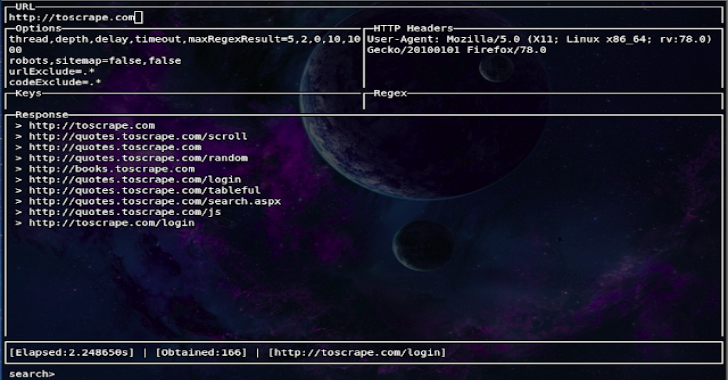H2Buster is a threaded, recursive, web directory brute-force scanner over HTTP/2 using hyper, inspired by Gobuster. Following are the features;
- Fast and portable – install hyper and run.
- Multiconnection scanning.
- Multithreaded connections.
- Scalable: scans can be as docile or aggressive as you configure them to be.
- h2 and h2c support.
- Configurable directory recursion depth.
- Multiplatform: works on both Linux and Windows (OS X is to be tested).
Also Read – Versionscan : A PHP Version Scanner For Reporting Possible Vulnerabilities
Install
You only need to install one dependency. If you don’t have hyper, run:
pip3 install -r requirements.txt
Usage
usage: h2buster.py [-h] -w wordlist -u target [-r directory_depth]
[-c connections] [-t threads] [-nc] [-x extension_list]
h2buster: an HTTP/2 web directory brute-force scanner.
arguments:
-h, –help show this help message and exit
-w wordlist Directory wordlist
-u target Target URL/IP address (host[:port]). Default port is 443
and HTTPS enabled. To specify otherwise, use ‘:port’ or
‘http://’ (port will default to 80 then).
-r directory_depth Maximum recursive directory depth. Minimum is 1, default
is 2, unlimited is 0.
-c connections Number of HTTP/2 connections. Default is 3.
-t threads Number of threads per connection. Default is 20.
-nc Disable colored output text.
-x extension_list List of file extensions to check separated by a
semicolon. For example, -x ‘.php;.js;blank;/’ will check
.php, .js, blank and / for every wordlist entry. The
‘blank’ keyword signifies no file extension. Default
extensions are ‘/’, ‘blank’, ‘.html’, ‘.php’

















